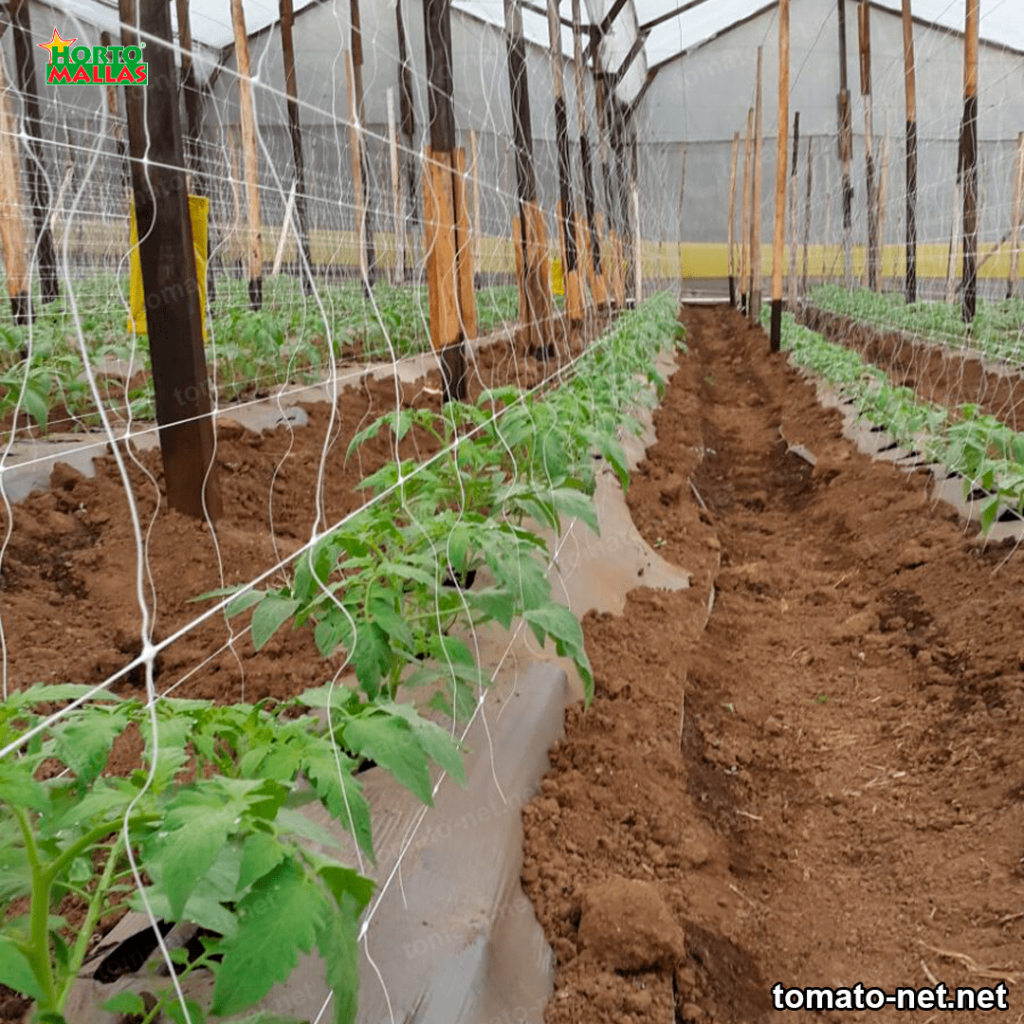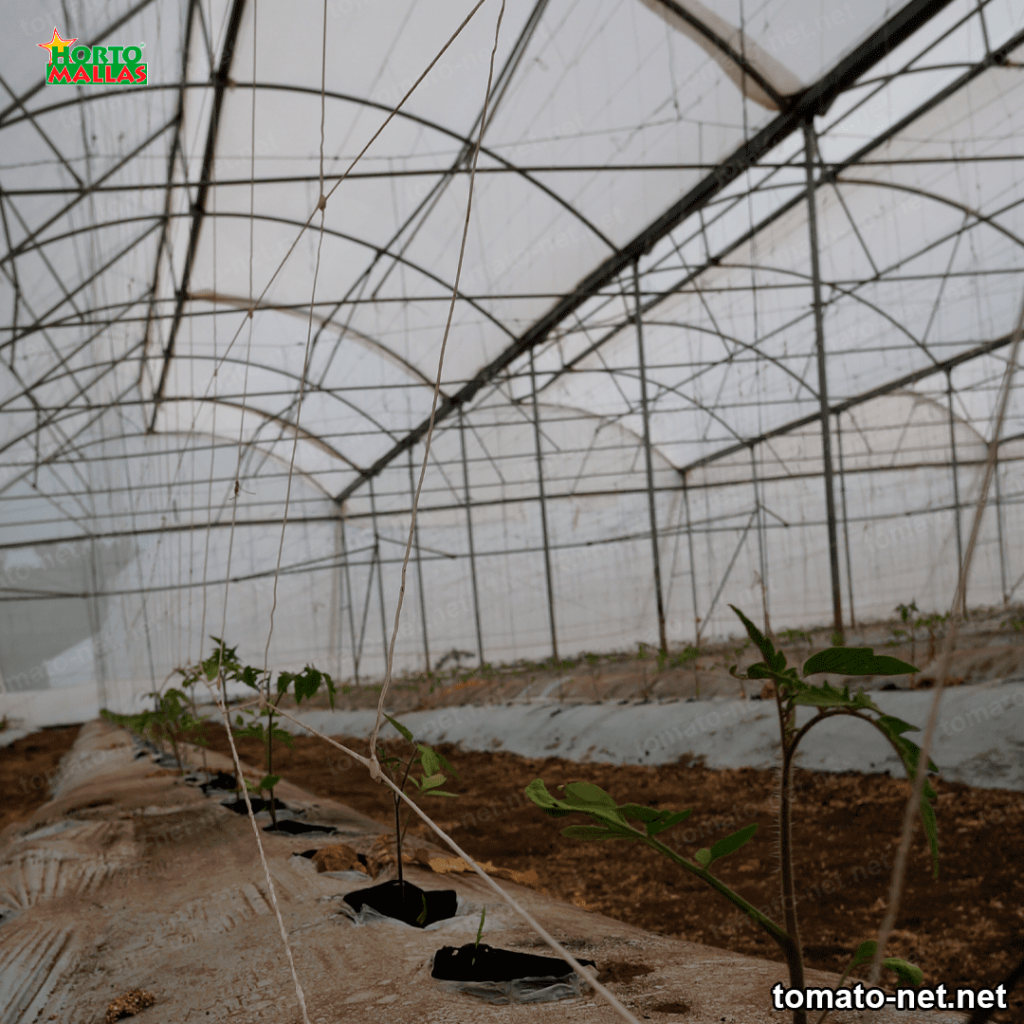1) The first step in growing tomato plant is planting. This can be carried out in different ways; seed, grafting or scion planting. Although seed planting is the most common, grafting and planting cuttings are used to speed up the process and achieve earlier and more stable crops.
2) Once the tomato plants has been sown, the germination process begins. The substrate substrate must be kept moist and warm (between 20 and 25°C) for this process to take place. During germination, the plant must be cared for with direct sunlight and the substrate must be kept moist. Germination lasts, on average, 6 days.
3)Once the germinated plants have been transplanted to the garden or pot, they should be fertilized periodically to provide the necessary nutrients for the good development of the tomatoes. The fertilizer should contain nitrogen, phosphorus and potassium which help the tomato to grow vigorously.
4) During growth, tomatoes should be watered periodically in moderation to keep the soil moist. Also, it is important to watch for the presence of diseases and pests so the top of the tomato plant should be hung up to prevent it from resting on the ground.
5) Flowering is the next step in the growth process. This is a very important process because it is during this process that the tomato will begin to bear fruit. The presence of bees and mosquitoes must be controlled so that they do not undo the work of the natural pollinators.
6) A few weeks after flowering, the tomatoes will begin to ripen. At this point it is important to monitor plant growth and yield. In case the fruit is not ripe, you can cover it with aluminum foil to speed up the process.
How to detect anomalies in the growth of a tomato plant
Monitoring the growth of a tomato plant is important for growers to detect possible abnormalities, diseases or any other abnormalities. To detect these abnormalities, growers should have an overview of how a tomato plant should grow and any changes in growth pattern should be cause for investigation. Growth abnormalities can be an early sign of trouble and help growers take early action should a problem arise. To begin, growers should determine how long it takes for a tomato plant to fully develop. The time a plant takes to grow depends on the type of tomato plant, the plant variety, and the time of year. Therefore, growers should be aware of these factors to identify the length of time a plant should take to complete the growth cycle. If the plant takes too long to mature, it is an indication of an anomaly.
Once growers have established maturity times for each tomato plant, they should closely observe each plant for any stress. The vigor of the plant should be consistent throughout its development. Common signs may include relative stem size, uniform leaf size and pigmentation, normal root size and, in general, a healthy, nourished and uniform appearance. If any deviation in plant appearance is observed, it should be investigated to discover the cause. In addition, growers should also consider the height at which the plant is located. Height is directly related to the growth cycle of the tomato plant. One tomato plant can mature much faster than another of the same variety if planted in unsuitable soil. The deeper the soil, the taller the plant will grow. If planted in poor soil and away from the sun, the plant will grow slowly and may be a sign of an anomaly.
Tomato plantation
It is important for growers to be aware of inclement weather. The tomato plant is especially sensitive to extreme weather changes and such changes should be evaluated after any sudden sign of anomaly. In fact, a single highly concentrated thunderstorm falling on a mature tomato planting can cause fruit to rot or development to stop. To detect anomalies in the growth of a tomato plant, it is important for growers to know what to expect from the growth of that plant, and to pay attention to both its behavioral changes and any details that are not within the normal growth pattern. These measures will help growers take corrective action in time to remedy problems and recover an adequate crop. Getting started with treating abnormalities on a tomato plant can be a challenge.
These pests and diseases can devastate a crop and further weaken the plant if left untreated. Therefore, it is important to know the proper processes for detecting, treating and preventing these abnormalities on a tomato plant. The first rule of thumb to follow for detecting abnormalities on a tomato plant is to never rely solely on sight when detecting a potential abnormality. Using the eye to quickly detect an abnormality is an important step, but there are more strategies a grower can use and be sure they are covering all areas of their planting. Growers should use a good inspection system, either manual or digital, to monitor their crops for characteristic signs of pests or diseases. Focusing on specific symptoms and signs of pests is critical.

